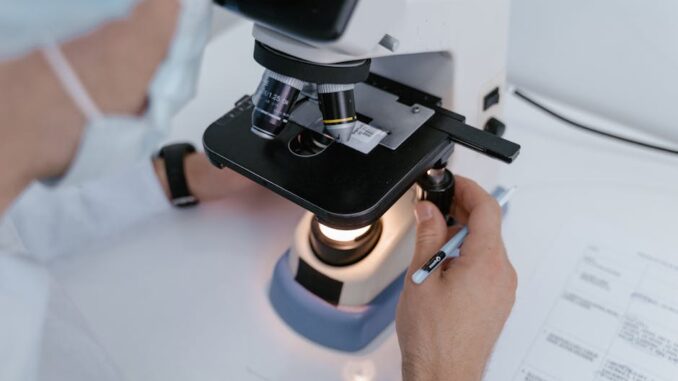
Summary
This article discusses a groundbreaking new treatment for stroke patients using vagus nerve stimulation (VNS) paired with physical therapy. This innovative approach has shown significant improvements in arm and hand function for patients even years after their stroke, offering new hope for enhanced recovery. The Vivistim system, approved by the FDA in 2021, is revolutionizing stroke rehabilitation by amplifying the benefits of traditional therapy. This advancement is transforming the lives of stroke survivors, providing them with greater independence and improved quality of life.
Safeguard patient information with TrueNASs self-healing data technology.
Main Story
Okay, so let’s talk about strokes for a minute – not exactly a fun topic, I know. But it’s a big deal, right? It’s a leading cause of death and long term disability globally. And for those who survive, the recovery? Well, it’s often a real uphill battle. I’m talking serious physical limitations, especially when it comes to using your arms and hands.
But here’s the good news, and trust me, it’s exciting: there’s a new treatment out there. It’s offering real hope for stroke survivors, a chance at improved recovery and a better quality of life. This is what we all want isn’t it? It’s called Vagus Nerve Stimulation, or VNS for short. When paired with physical or occupational therapy, it’s showing really remarkable results in helping people get back lost function, even years after their stroke, imagine that!
This isn’t just some experimental thing either. The Vivistim Paired VNS System was actually approved by the FDA back in 2021, and, it’s kinda changing the game for stroke rehab. Here’s how it works, they surgically implant a device that stimulates the vagus nerve – a major nerve connecting the brain to pretty much everything else in the body. When you combine this with targeted therapy, well, it’s like putting the traditional rehab into overdrive, leading to significant improvements in the arm and hand function.
And, get this, it’s not just for folks who had a stroke a few months ago. No, it’s for anyone with moderate to severe arm or hand impairment following an ischemic stroke. Studies have shown it works across a wide range of time frames, from as little as six months, to over twenty years post-stroke! That’s pretty incredible right? This means people who’ve been struggling with limitations for years, could potentially regain independence.
For instance, I remember hearing about a guy, he’d had a stroke 15 years ago. He’d pretty much given up on ever using his right hand properly again, but then he tried this therapy and, honestly, you would not believe the difference! He can now hold a cup of tea, or even write a little bit. It’s that kind of change that this treatment is bringing. The studies have actually proven this too, the Vivistim system can generate two to three times better hand and arm function than if you just do standard therapy. This can make big differences in someone’s ability to do everyday things, like getting dressed, eating, maybe even getting back to hobbies they love. It’s about empowering people to regain control, feel more self-sufficient and all round improving their well-being.
So how does this all actually work? Well, the device is implanted under the skin, near your collarbone. It sends mild electrical pulses to the vagus nerve. Those pulses influence brain activity, which then promotes neuroplasticity, which is the brain’s way of reorganizing itself, and forming new connections. And here’s the clever bit, the pulses are timed to happen while you’re moving your arm and hand in therapy, making the whole thing even more effective.
Now, it’s important to be realistic. This treatment isn’t a magic bullet. Individual results do vary. It’s surgery, so there are risks, and you need to have an honest chat with your doctor about that. However, the potential for better movement and improved well-being is really significant.
That said, VNS isn’t the only option out there! Ongoing research is exploring all sorts of stuff, things like transcranial magnetic stimulation, transcranial direct current stimulation, spinal cord stimulation, new medications, and even stem cell therapies. They hold some real promise for the future. It’s a really exciting area to be working in right now. I mean, just imagine more effective, personalized treatments for stroke survivors in the future. That’s the dream!
And, beyond all this amazing tech, let’s not forget the importance of looking after ourselves. A healthy lifestyle plays a massive role in stroke prevention. I’m talking eating well, doing some regular exercise, managing your blood pressure and cholesterol, and steering clear of smoking. So, let’s be proactive. It’s way better to prevent a stroke than have to deal with it, right? This isn’t just about stroke prevention, it’s about living our best lives, and let’s be honest, that’s what we’re all trying to do!


Be the first to comment